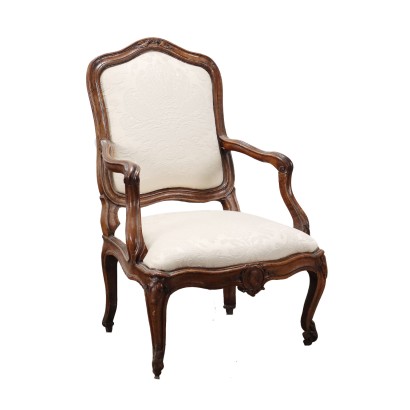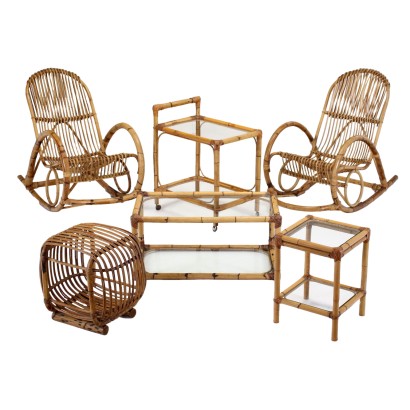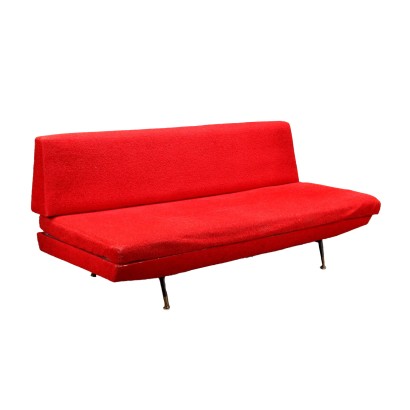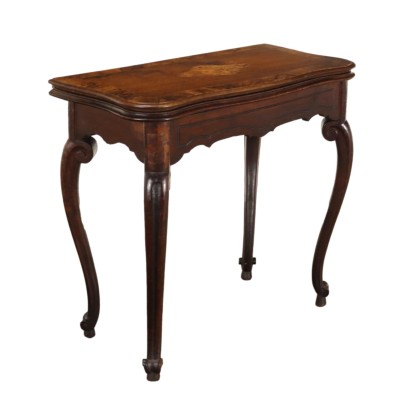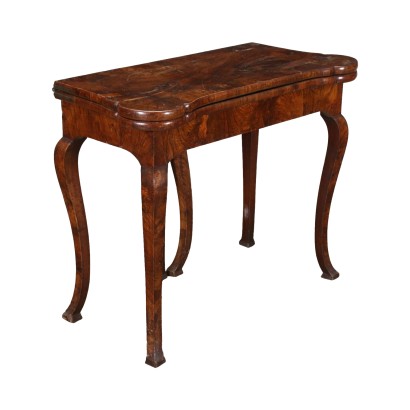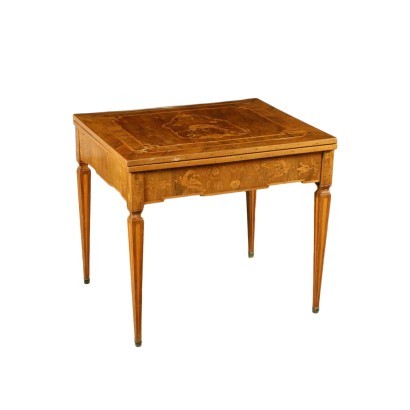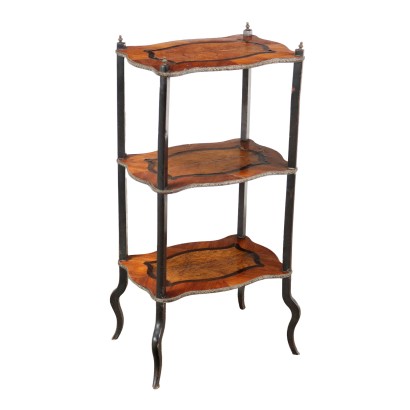Neoclassical Armchair Walnut Italy XVIII Century - Neoclassical armchair
Features
Neoclassical armchair
Style: Neo-Classical (1765-1790)
Age: 18th Century / 1701 - 1800
Origin: Liguria, Italy
Main essence: Walnut
Description
Neoclassical Liguria period walnut armchair. the armchair moves in all its forms as well as in the legs and armrests according to a still rococo style, but it has some intaglio elements that denounce the emergence of neoclassicism; the medallion with an antique profile in the center of the belt, the two bull heads on the front legs and the doves carved on the coping. The carving and the twisting of the armrests reveal an important production. Removable seat and back.
Product Condition:
Cabinet in fair condition showing some signs of wear.
Dimensions (cm):
Height: 107
Width: 71
Depth: 81
Additional Information
Style: Neo-Classical (1765-1790)
This historical period includes a first phase that can be properly defined as the Louis XVI style.nOnly at a later time, with the maturation of archaeological fashions, was a new vision of furnishing civilization formulated and codified, now fully attributable to the Neoclassical Style.
In fact, both trends coexisted in unison until the last years of the eighteenth century.
nIn the field of cabinet making, the Directoire, Retour d'Egypte, Consular and Empire styles also fall within the neoclassical era.
nFind out more about Neoclassicism with the insights from our blog...
n



